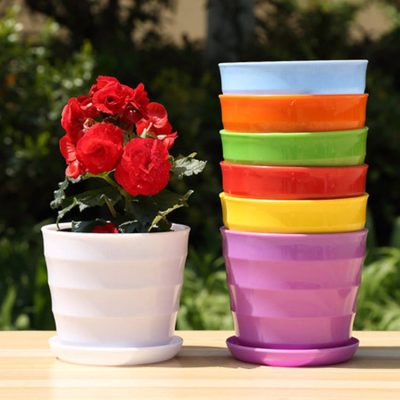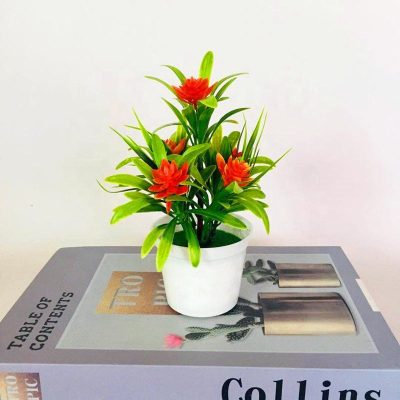Choosing the right size and shape of plastic pots is crucial for the health and growth of your plants. Here are some factors to consider when selecting the perfect size and shape:
- Plant Size: The pot should provide enough room for the plant’s root system to grow and expand. If the pot is too small, the roots can become root-bound and hinder the plant’s growth. Determine the mature size of your plant and choose a pot that accommodates its growth.
- Growth Rate: Consider the growth rate of the plant. Some plants grow rapidly and may require larger pots from the beginning, while others grow more slowly and can start in smaller pots and be repotted as they grow.
- Watering Frequency: The size of the pot affects the water retention capacity. Larger pots generally hold more moisture and require less frequent watering, while smaller pots dry out more quickly and may need more frequent watering. Consider your watering routine and the water needs of your plants when selecting the pot size.
- Space Availability: Consider the available space for your plants. If you have limited space, smaller pots or vertical gardening solutions like hanging pots may be more suitable. If space is not an issue, larger pots can provide more stability and room for plants to spread their roots.
- Aesthetic Considerations: Choose a pot size and shape that complements the appearance and growth habit of your plants. Tall and narrow pots can be ideal for plants with upright growth, while wider and shallow pots can suit plants with spreading or trailing habits.
- Planting Density: Consider the number of plants you want to grow in each pot. If you plan to have multiple plants in one pot, ensure the pot is large enough to accommodate the root systems and provide sufficient space for each plant to grow.
- Drainage: Ensure the pot has proper drainage holes at the bottom to allow excess water to escape. If you choose pots without drainage holes, you may need to create them yourself to prevent waterlogging and root rot.
- Stability: Consider the stability of the pot. If you are growing tall or top-heavy plants, choose pots with a wider base and heavier construction to prevent tipping over.
- Special Considerations: Some plants have specific requirements. For example, certain plants like orchids may require pots with slits or holes for aerial roots. Research the specific needs of your plants to determine if any special pot features or sizes are recommended.
Ultimately, the perfect size and shape of the plastic pot will depend on the specific needs of your plants, available space, and personal preferences. Consider the factors mentioned above to select pots that promote healthy plant growth and provide an aesthetically pleasing display in your garden.








